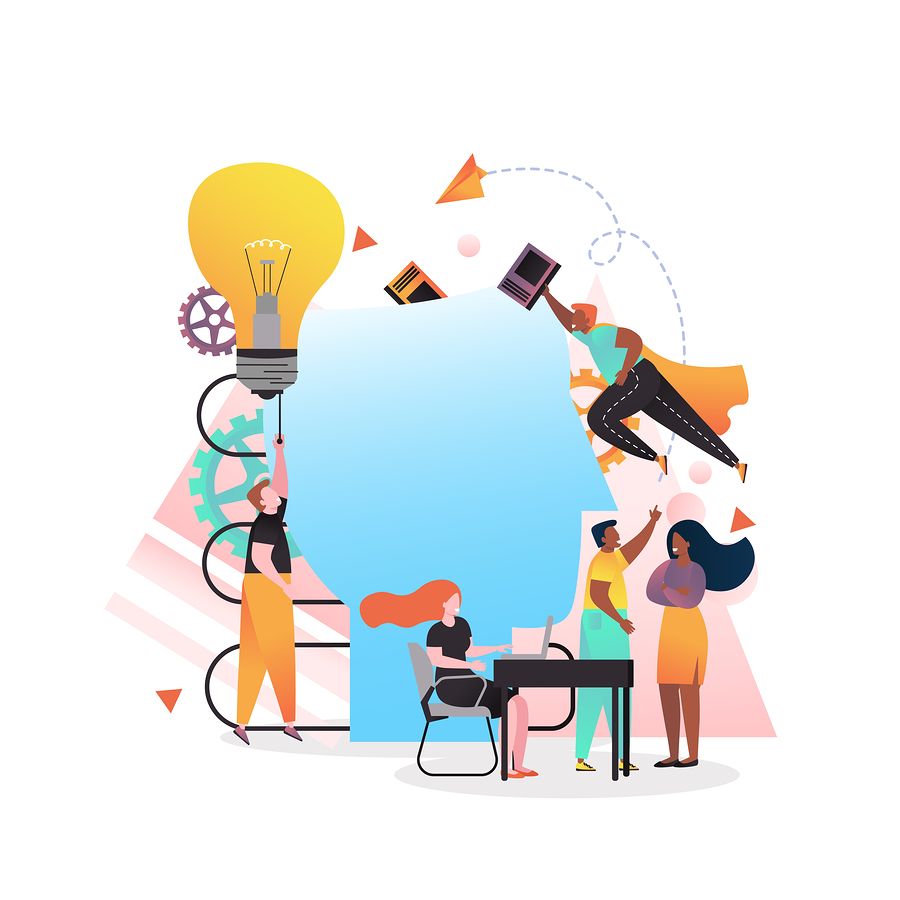For years, people had been trying to establish a list of skills students need to be successful in college and the workforce, that so-called set of skills that determine the “ideal graduate.” Through a survey, the National Association of Colleges and Employers described communication, empathy, collaboration, problem-solving, initiative, and strong work ethic as the most attractive skills employers seek on a candidate’s resume.
The Buck Institute for Education (now PBLWorks) developed a workshop to find what audiences, funders, researchers, policymakers, and community members agree is necessary for students readiness. They decided on the following: soft skills should be taught to every student, everyone deserves equal opportunities, skills should be graded on a systematic basis, and they should be enhanced through Project Based Learning (PBL) or another inquiry-based method.
However, one crucial thing to consider regarding skills is if educators are teaching those skills the same way students develop them. One significant assumption educators have that must learners develop knowledge one step at a time, but most times, the process is gradually added to past lessons and alternative ways of thinking.
Wondering about the process of acquiring skills is nothing new; it started around the 1890s with Bryan and Harter. Since then, there has been many different frameworks and theories like the Dreyfus model, created by the brothers Stuart and Hubert Dreyfus.
The Dreyfus model of skill acquisition explained that students learn through five stages of skill development: novice, competence, proficiency, expertise, and mastery. Six years after the first release of their theory, they published the book “Mind over Machine,” adjusting the sequence to Novice, Advanced Beginner, Competence, Proficient, Expert.
Specialists on skills development in sports and career also have different theories, like Paul Fitts and Michael Posner, that created a three-phase model in 1967 about motor-skill growth.
First, they said learners break down the skill in different and smaller parts so they can learn how to combine it and perform the task, called the cognitive phase. The next step, the associative, is when students begin to learn what works and what doesn’t. The final stage is the autonomous or procedural phase, where learners perfect their skill and know how to ignore irrelevant input.
A more recent model is the one by Dee Tadlock and Rhonda Stone called the Predictive Cycle, released in 2005. This theory includes four stages: attempt, fail, implicitly analyze the result, and tacitly decide how to modify the next try so it can be successful.
Educators are not the only ones interested in skills acquisition; companies also have their theories. A great example is Callibrity, an application development company that developed a learning model for their workers’ skills. The method consists of six stages: play, listen, apprenticeship, classes, pairing, and external expertise.
The ‘Play’ stage refers to the most natural way people acquire skills because it’s pure instinct; it’s one of the first activities that people initiate by themselves, so they develop their own learning biases. It refers to people having to physically do something to learn it or playing with ideas in their head. In Callibrity’s case, it’s an opportunity for workers to explore new interest and ideas.
The second stage is ‘Listening,’ which acknowledge that many people learn things through listening to others, like storytellers, but also refers to reading and sharing knowledge. In the workplace, presenting at meetups and conferences is also considered part of the process.
Then follows the ‘Apprenticeship’ stage, a learning method that used to consist in finding a mentor training someone worth it and taking years to teach them a particular skill. It was a prolonged process and very limited because the mentor couldn’t advise many people at once. Now there are mentoring programs that can be very useful for the apprentice, as long as it gets the opportunity to apply what they are learning.
Moreover, there is the ‘Classes’ phase, which in Callibrity means team members are getting benefits from courses. Lifelong learning is encouraged and recognized, either if it is online or in a physical classroom.
The fifth way to acquire skills is by ‘Pairing,’ whenever it is useful because having someone with similar interests can help increase its development. As well, it can help keep each other focused, generate new ideas, and can work more and better than working alone.
The final stage is through ‘External expertise.’ Callibrity thinks that even by pairing, there can still be skill-gaps so experts should be consulted so that it can help the employee develop their skills better.
The debate around which skills are necessary to succeed in the workforce today and the methods to teach them is still a working process. Moreover, there are many different theories and ways to develop skills, either for young learners as to adults. What is for certain is that if educators and employers want to find their “ideal candidate,” there needs to be a consensus on the way to teach, develop, and assess their skills.
This article from Observatory of the Institute for the Future of Education may be shared under the terms of the license CC BY-NC-SA 4.0 
)
)


)